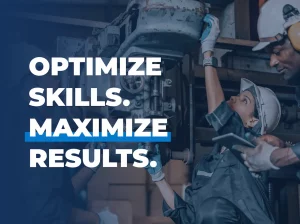
This program is excellent for control practitioners, engineers, and technicians as well as for the multi‑craft training needs of process and manufacturing facilities.
This lesson is designed for participants familiar with digital signal transmission, process control principles, and the function of transmitters in process loops.
This lesson introduces digital electronics and teaches the principles of operation, the functions of the electronic components, and the signal characteristics. The lesson also demonstrates operation of the hand-held interface for system configuration.
This lesson is designed for participants familiar with digital signal transmission, process control principles, and the function of transmitters in process loops.
This lesson introduces digital electronics and teaches the principles of operation, the functions of the electronic components, and the signal characteristics. The lesson also demonstrates operation of the hand-held interface for system configuration.
This lesson is designed for participants familiar with digital signal transmission, process control principles, and the function of transmitters in process loops.
This lesson introduces digital electronics and teaches the principles of operation, the functions of the electronic components, and the signal characteristics. The lesson also demonstrates operation of the hand-held interface for system configuration.
This lesson is designed for participants familiar with digital signal transmission, process control principles, and the function of transmitters in process loops.
This lesson introduces digital electronics and teaches the principles of operation, the functions of the electronic components, and the signal characteristics. The lesson also demonstrates operation of the hand-held interface for system configuration.
This comprehensive interactive multimedia training program was produced in association with the Instrument Society of America (ISA) This program consists of two individual lessons that train participants in the principles of digital instrumentation and signal transmission.
This program is excellent for control practitioners, engineers, and technicians as well as for the multi‑craft training needs of process and manufacturing facilities.